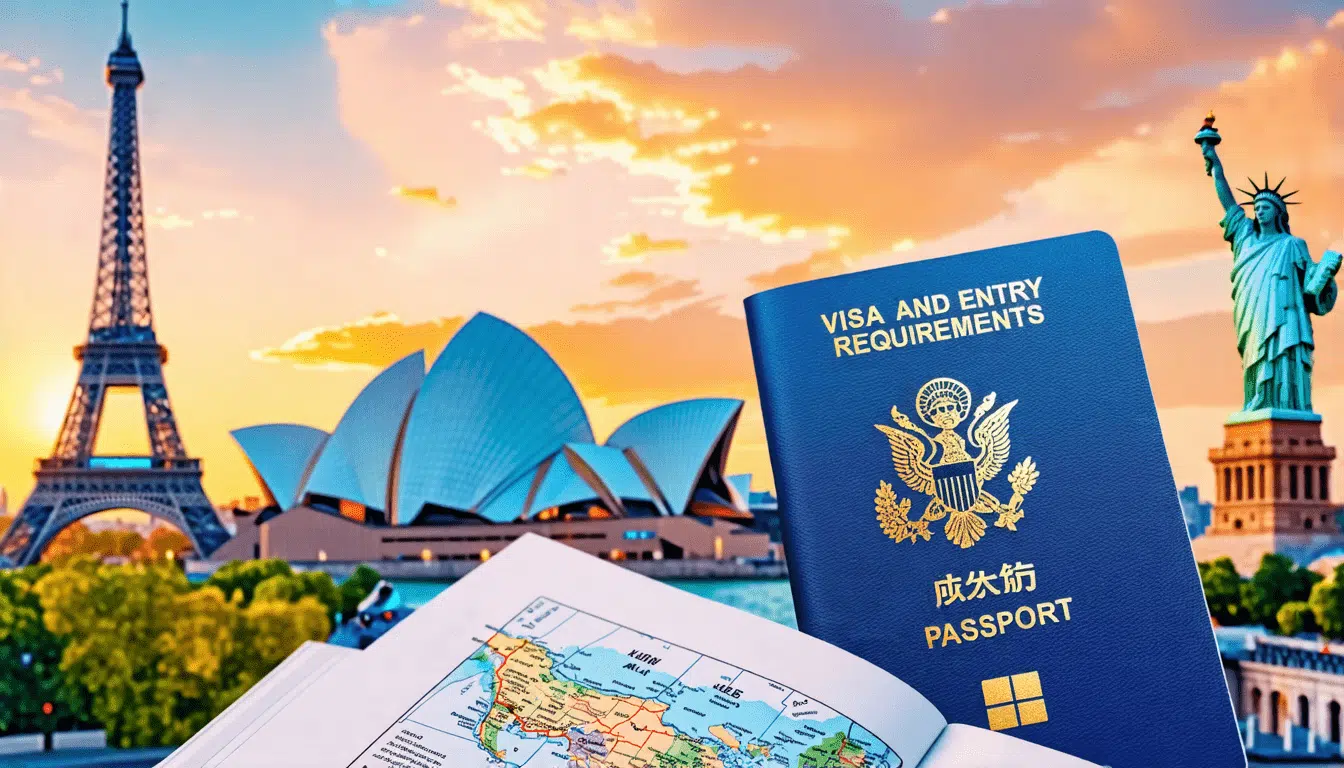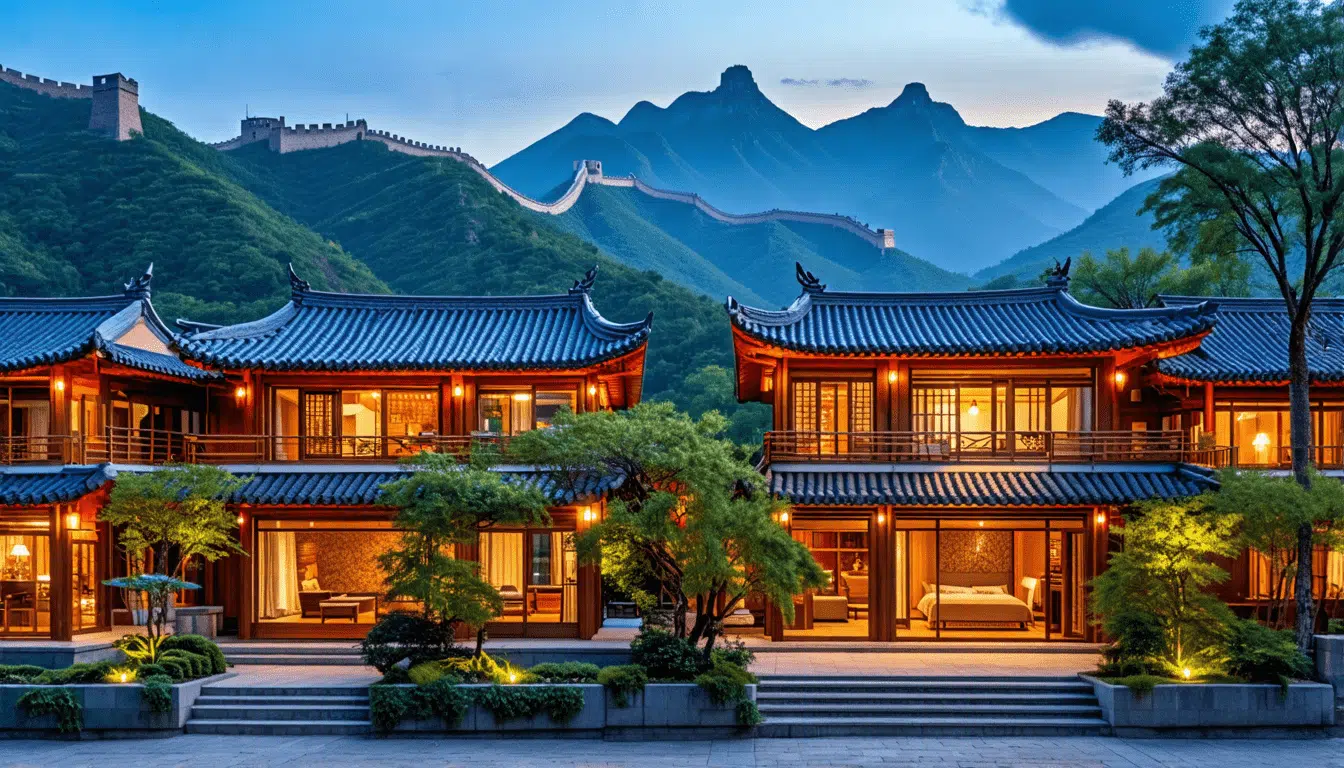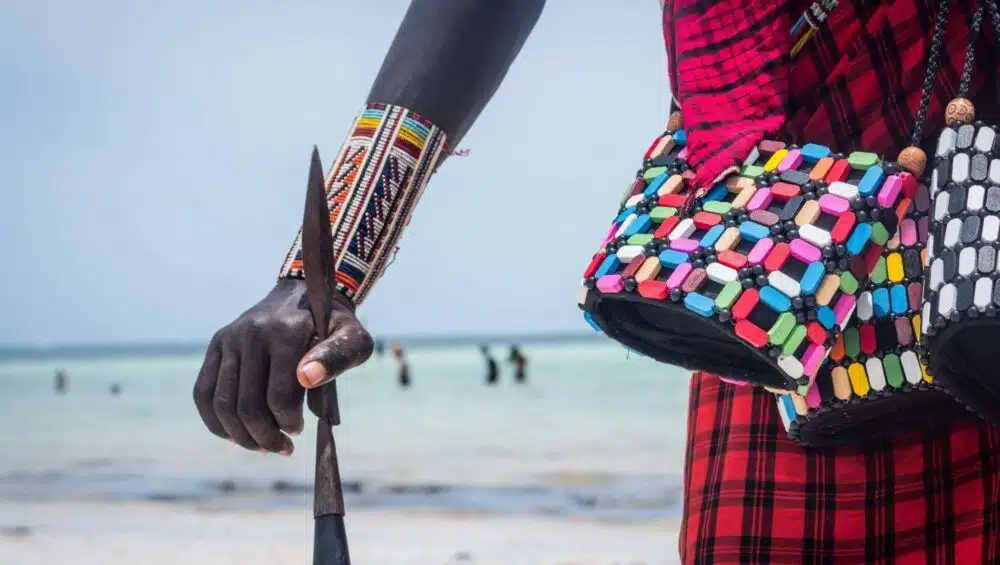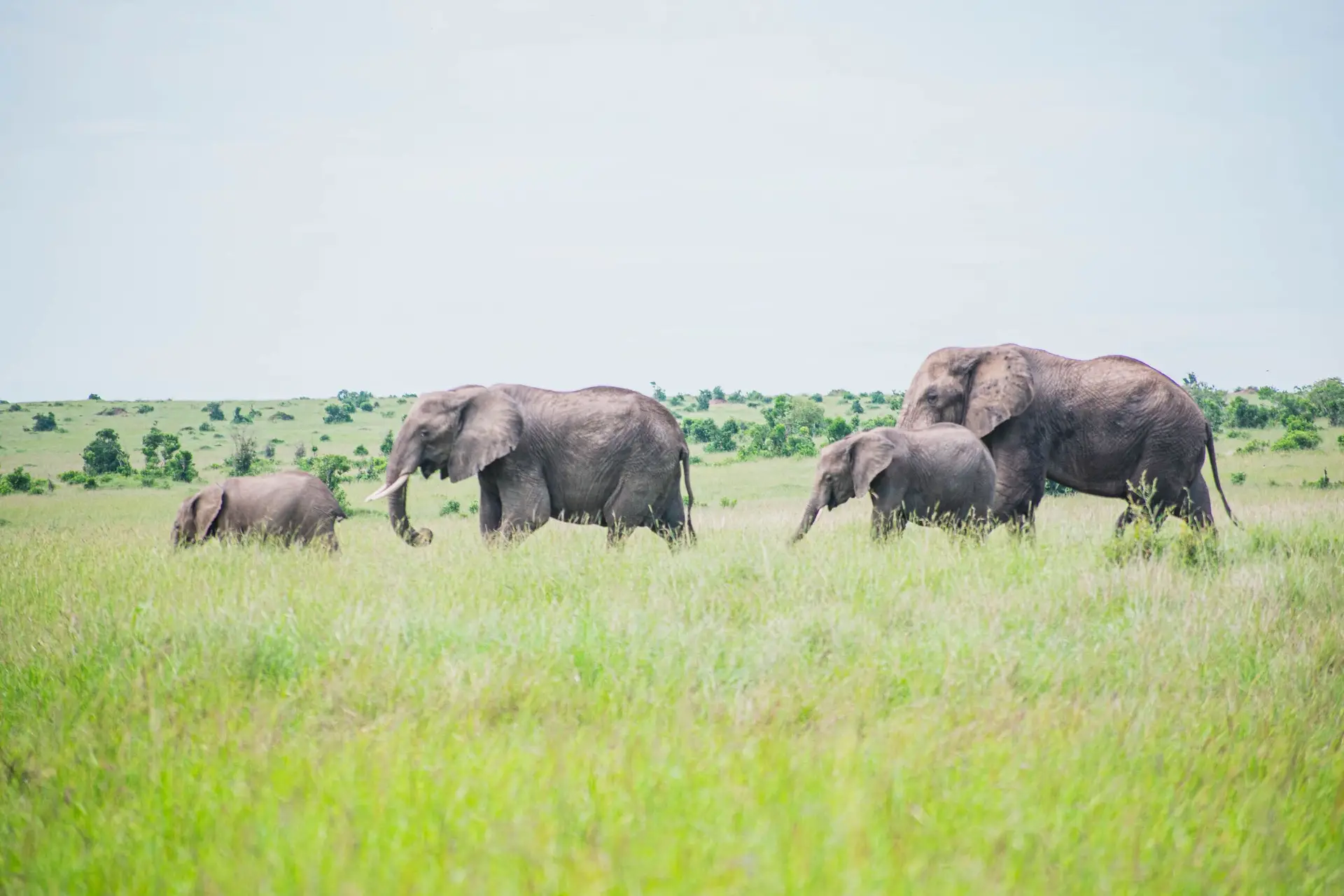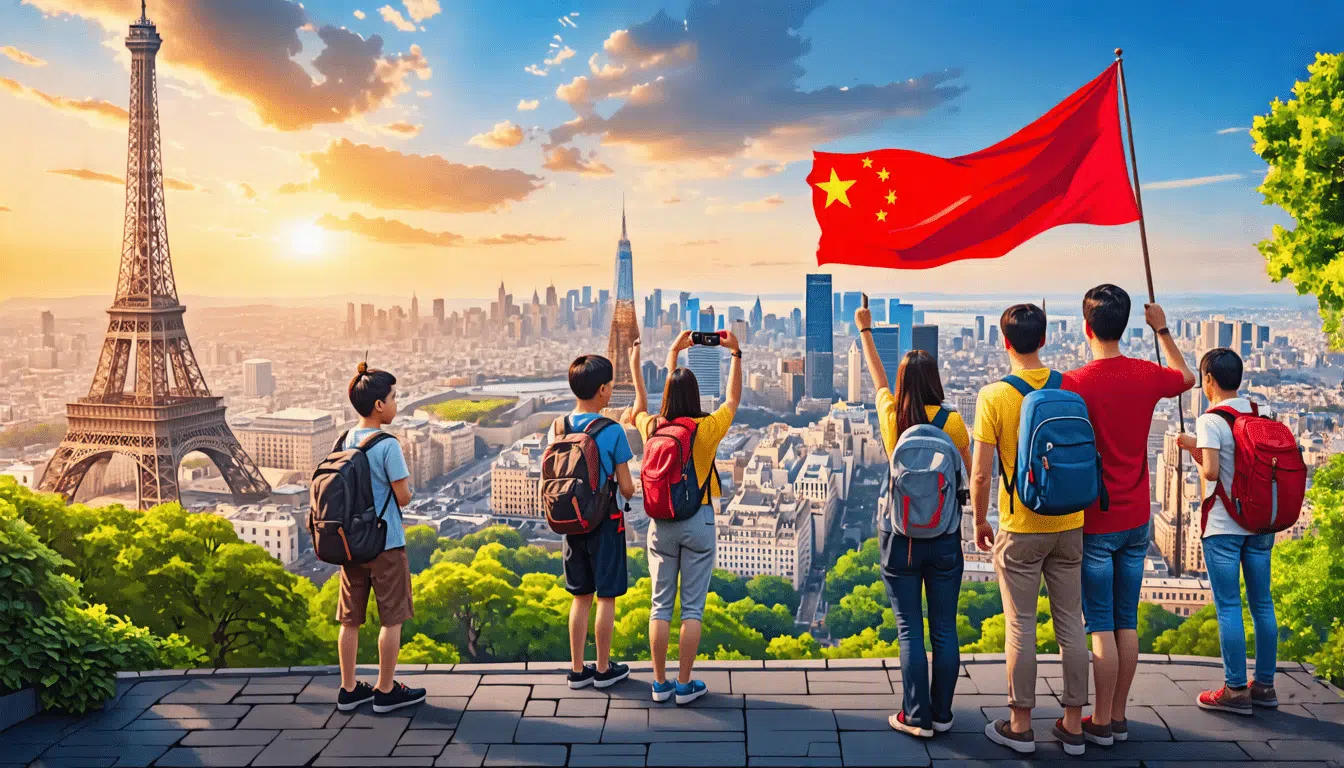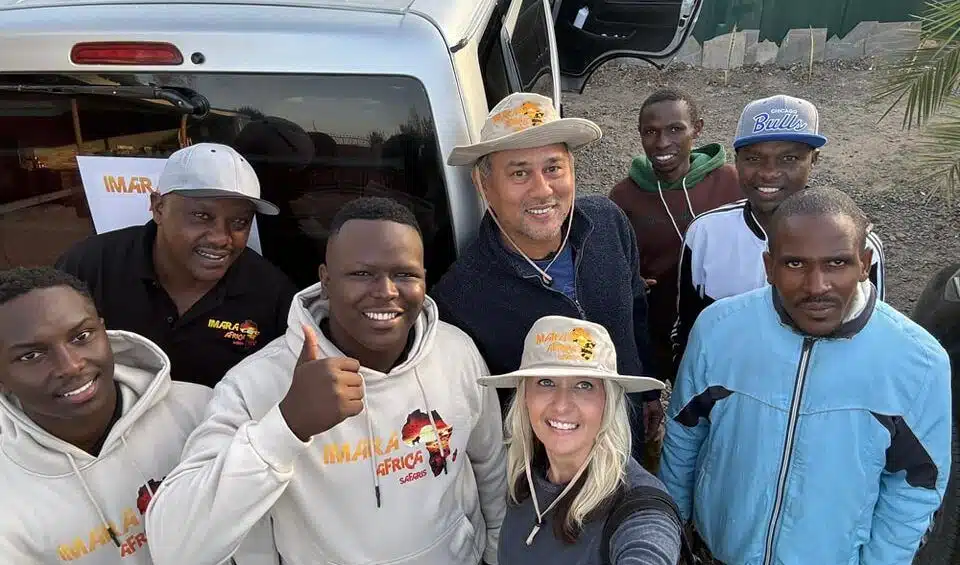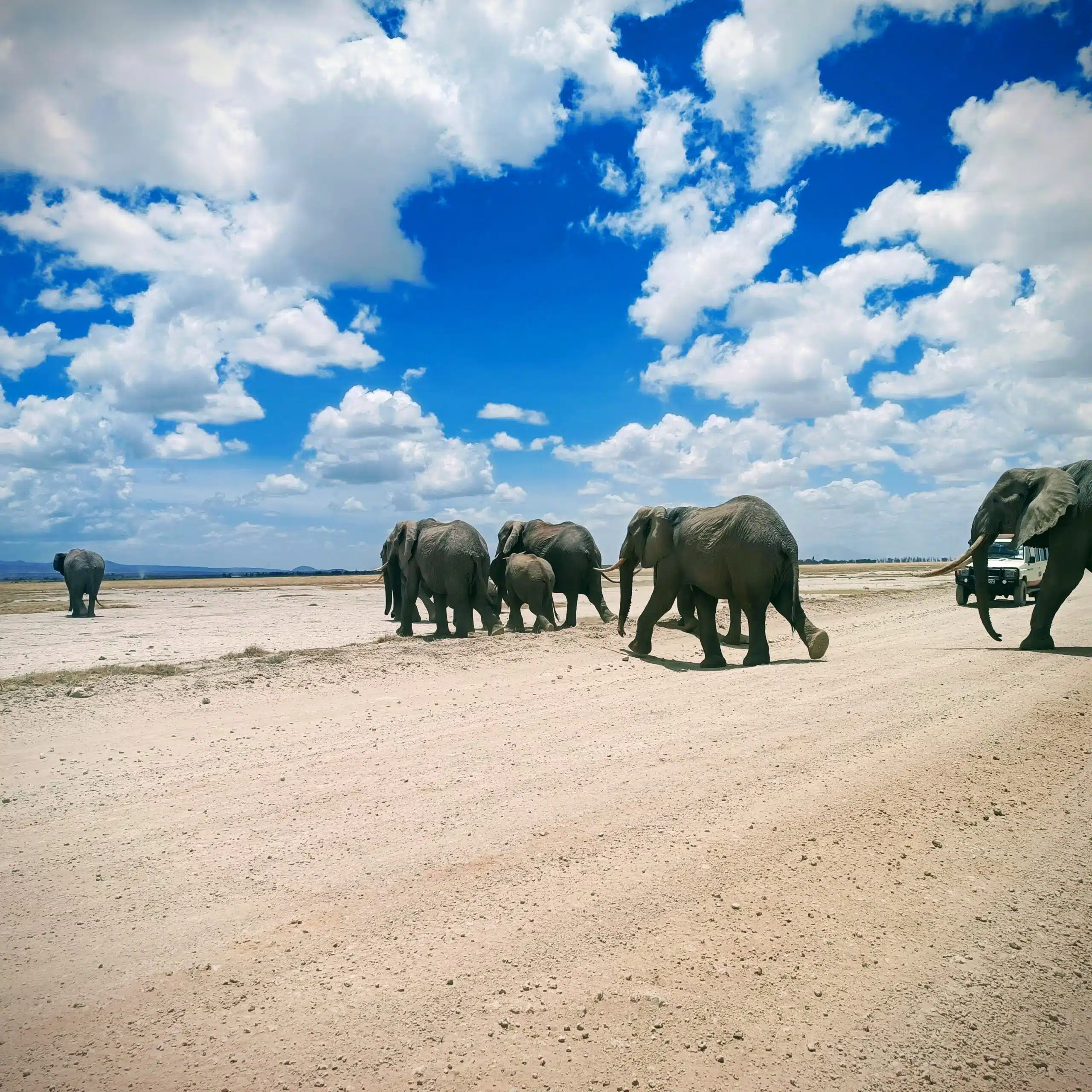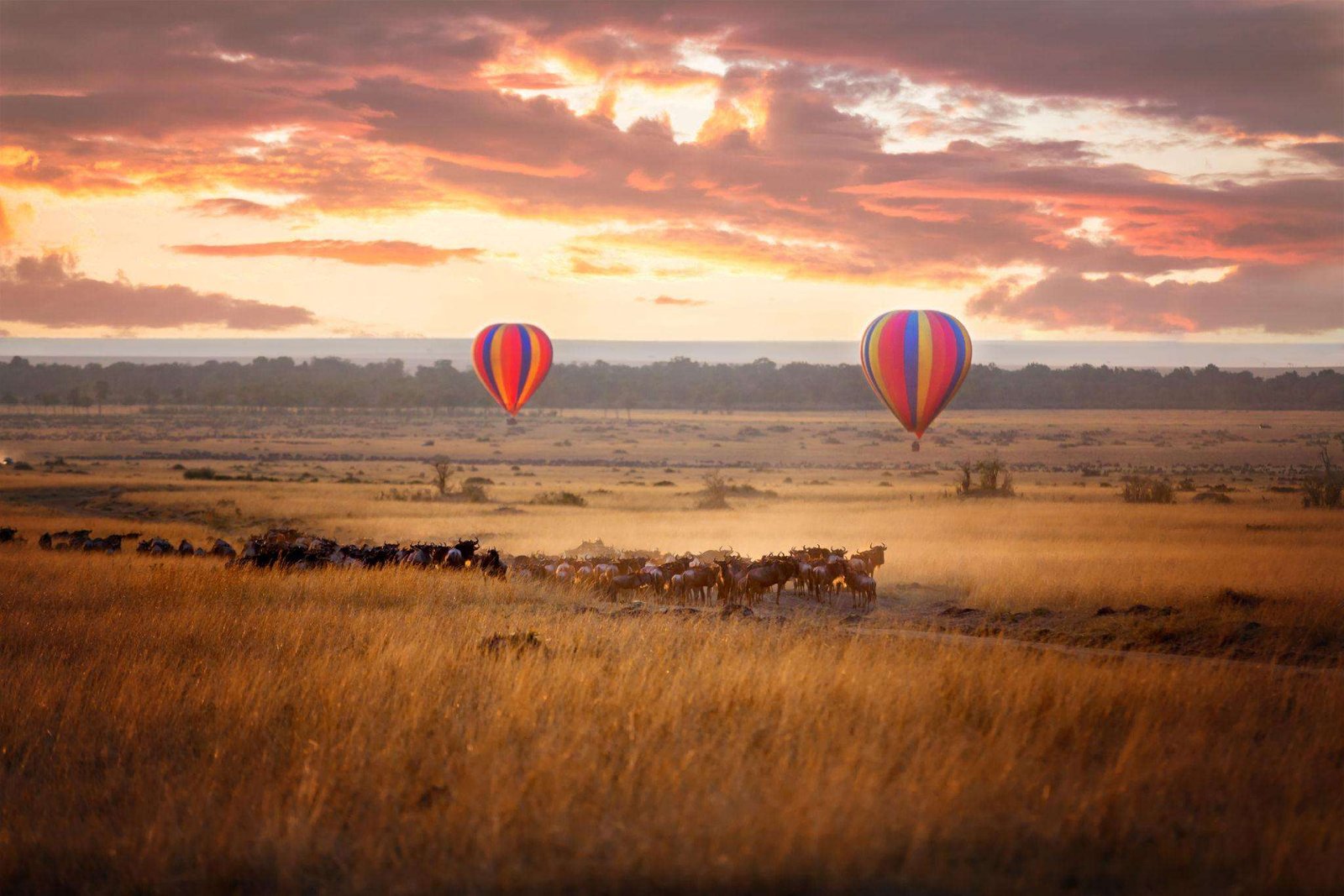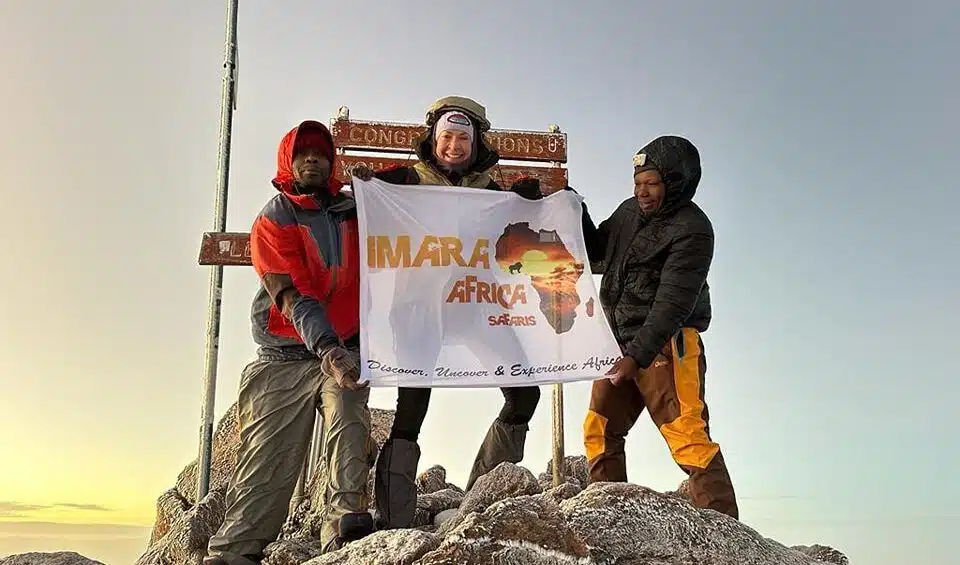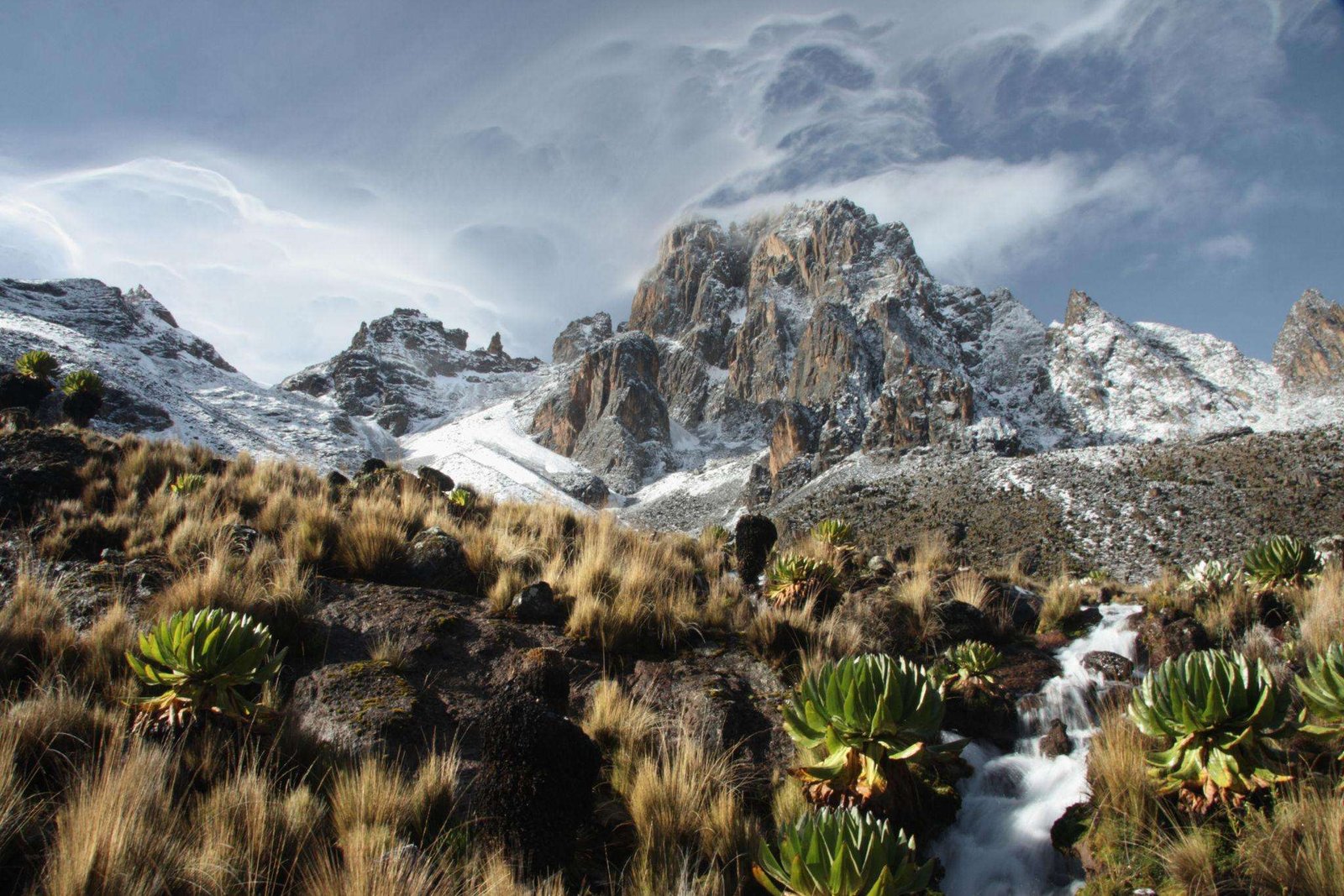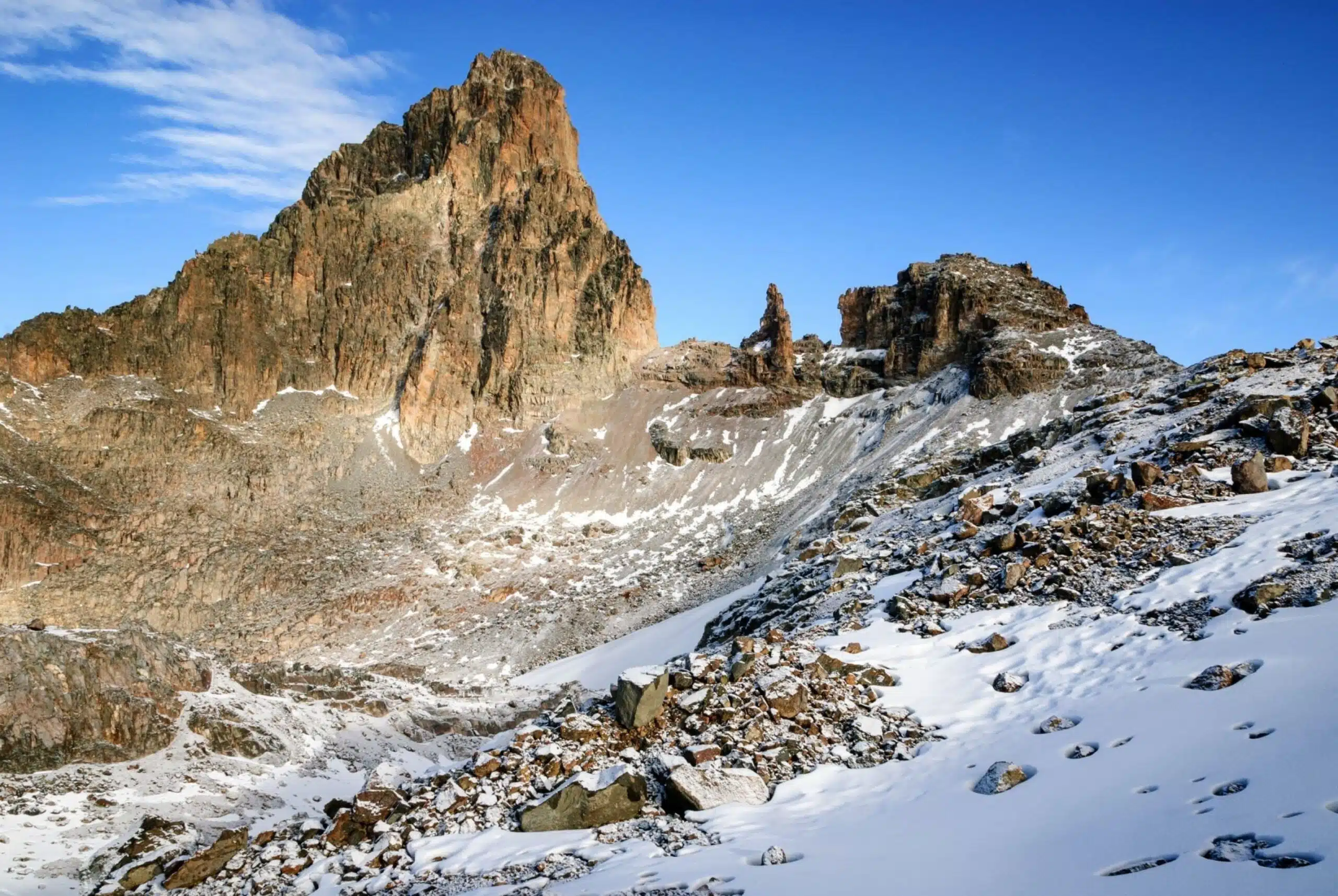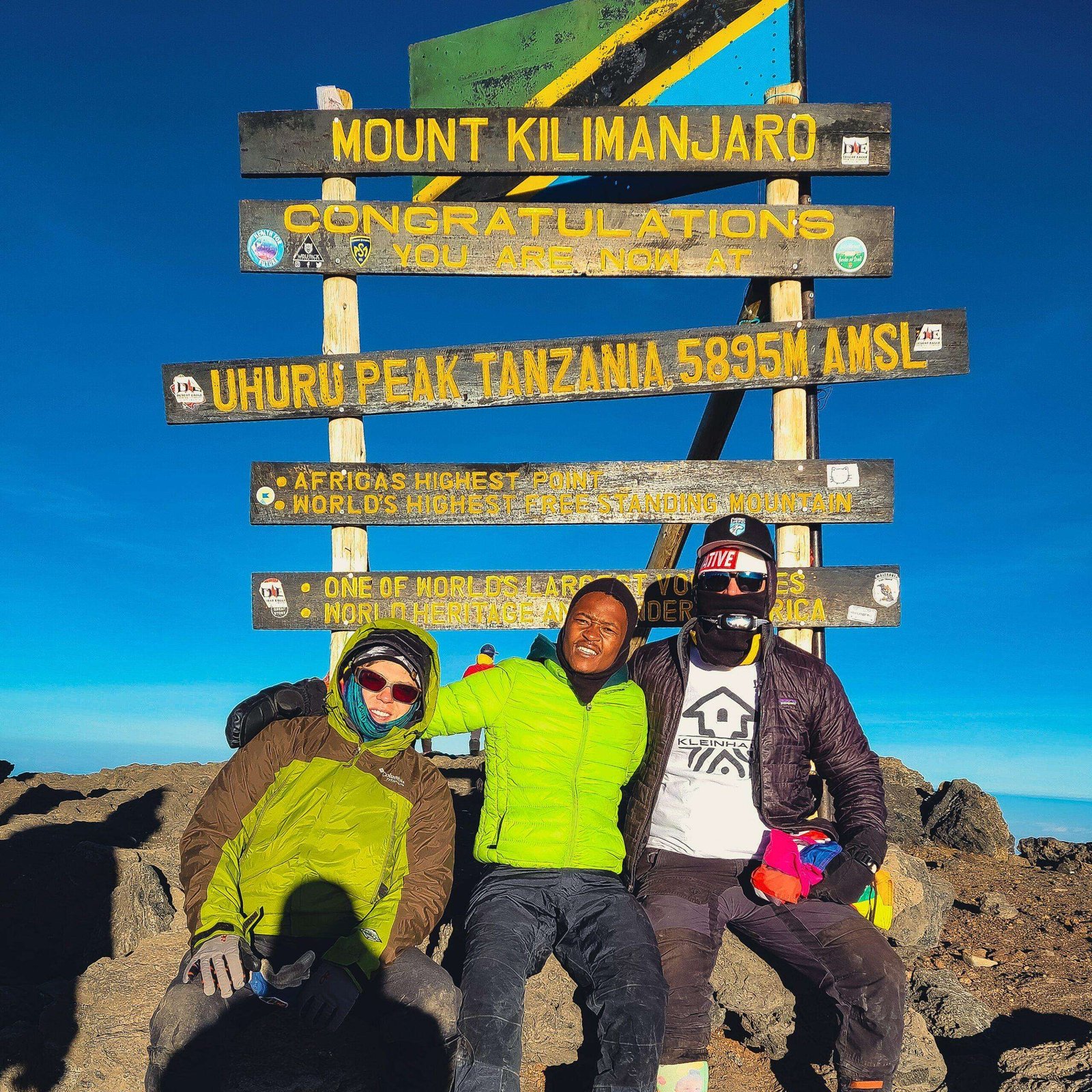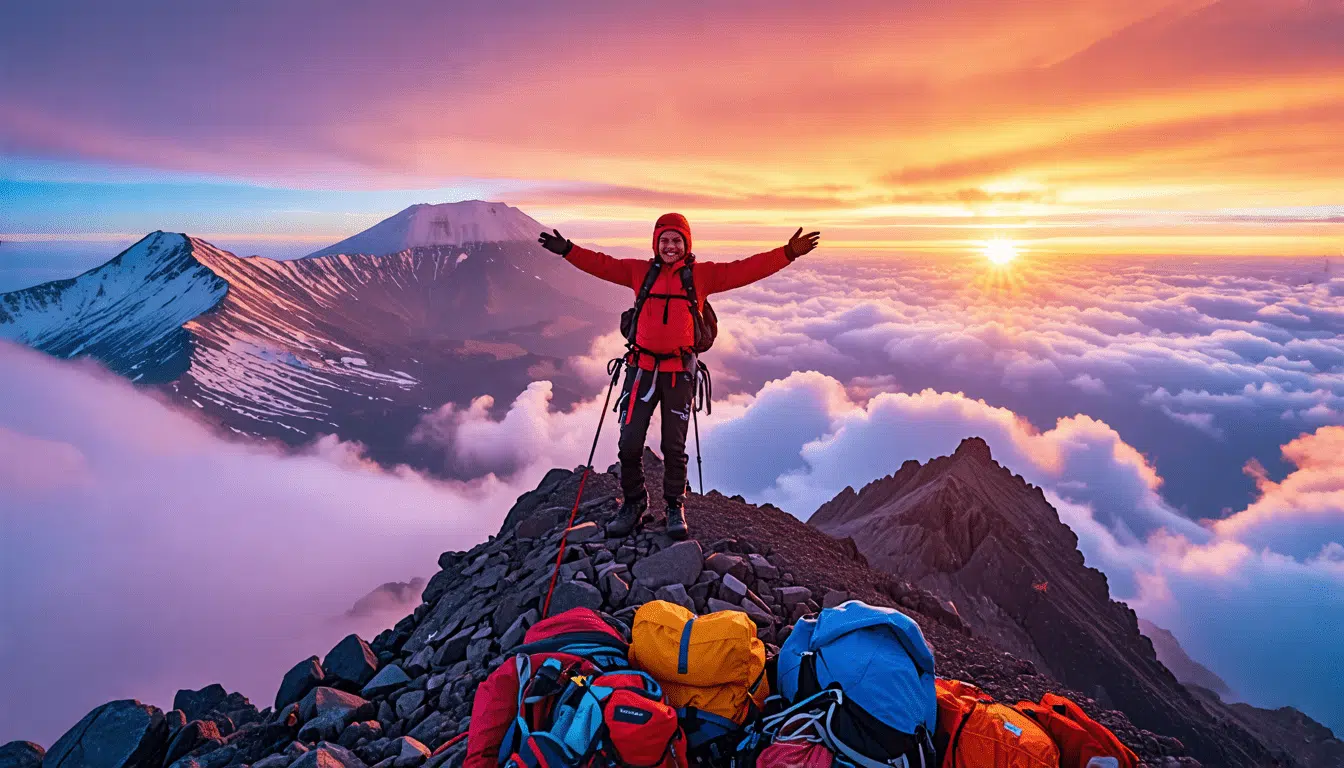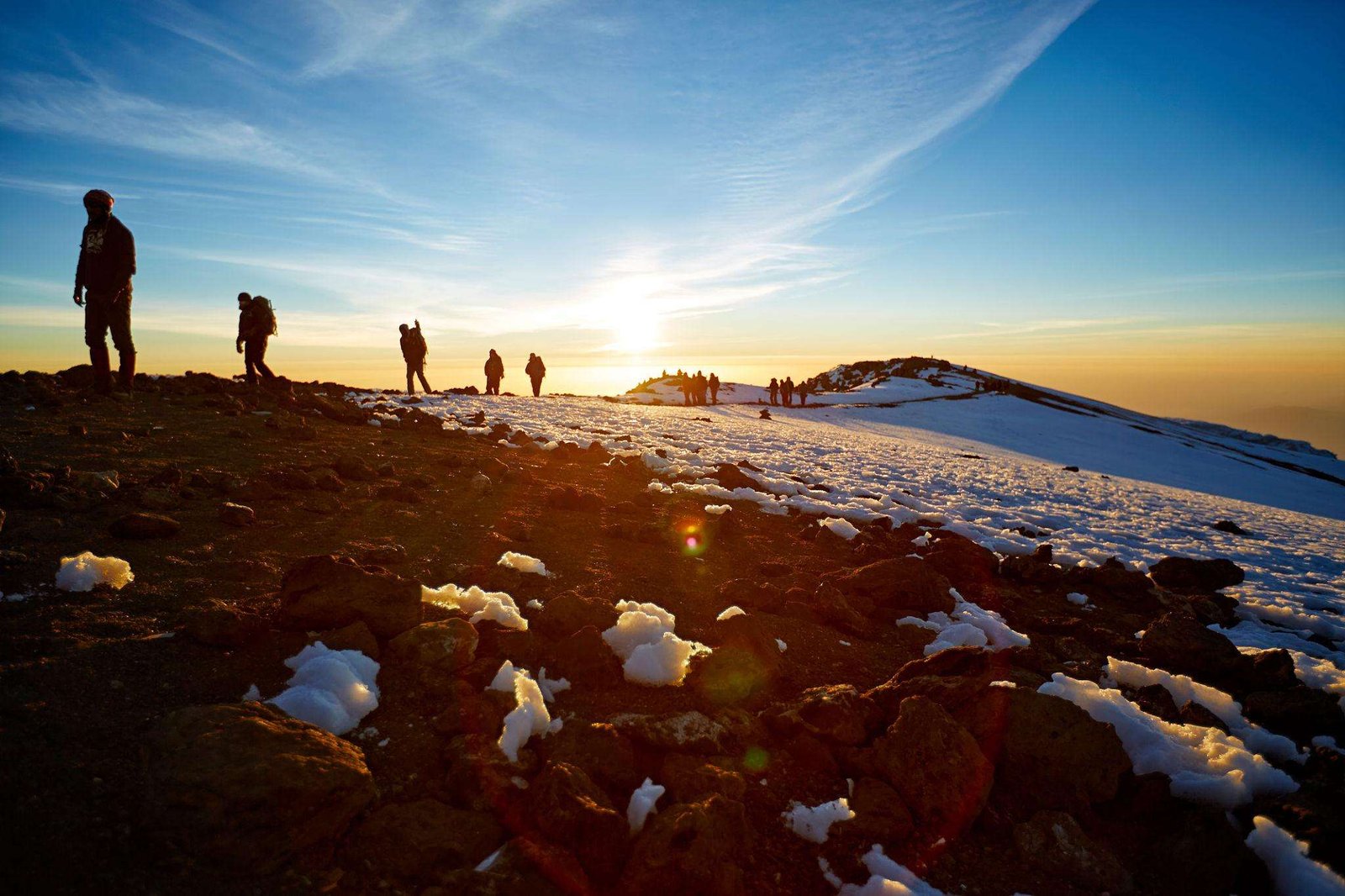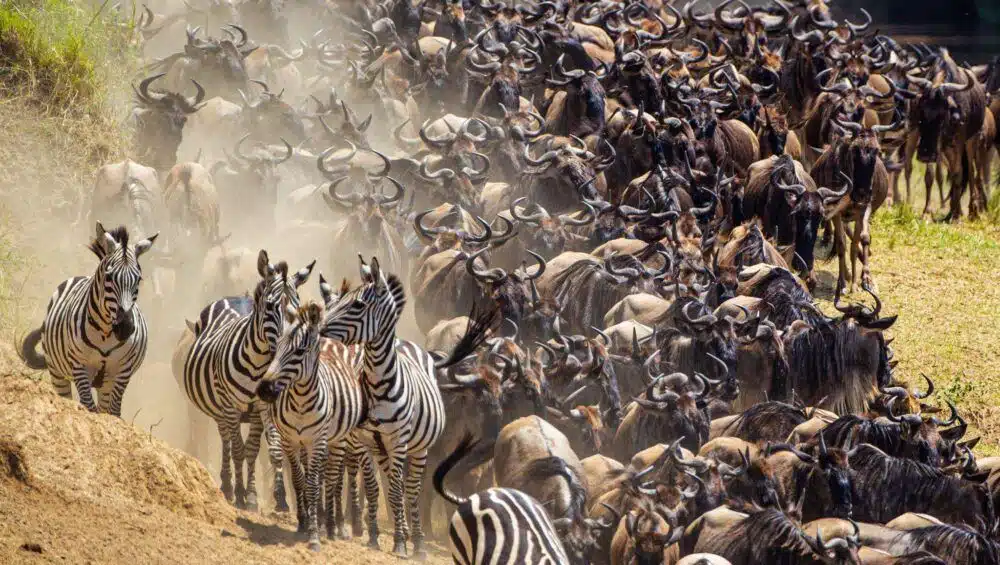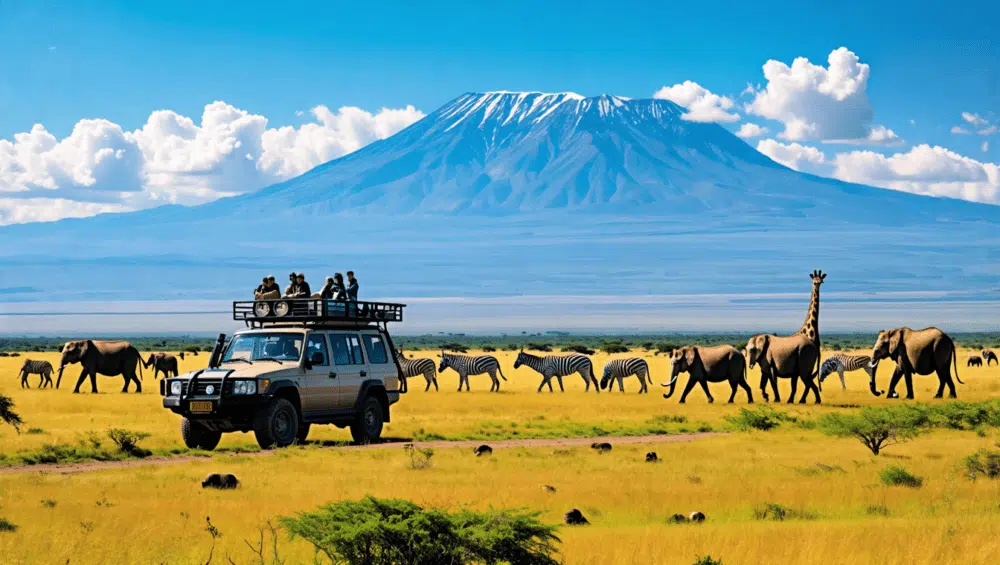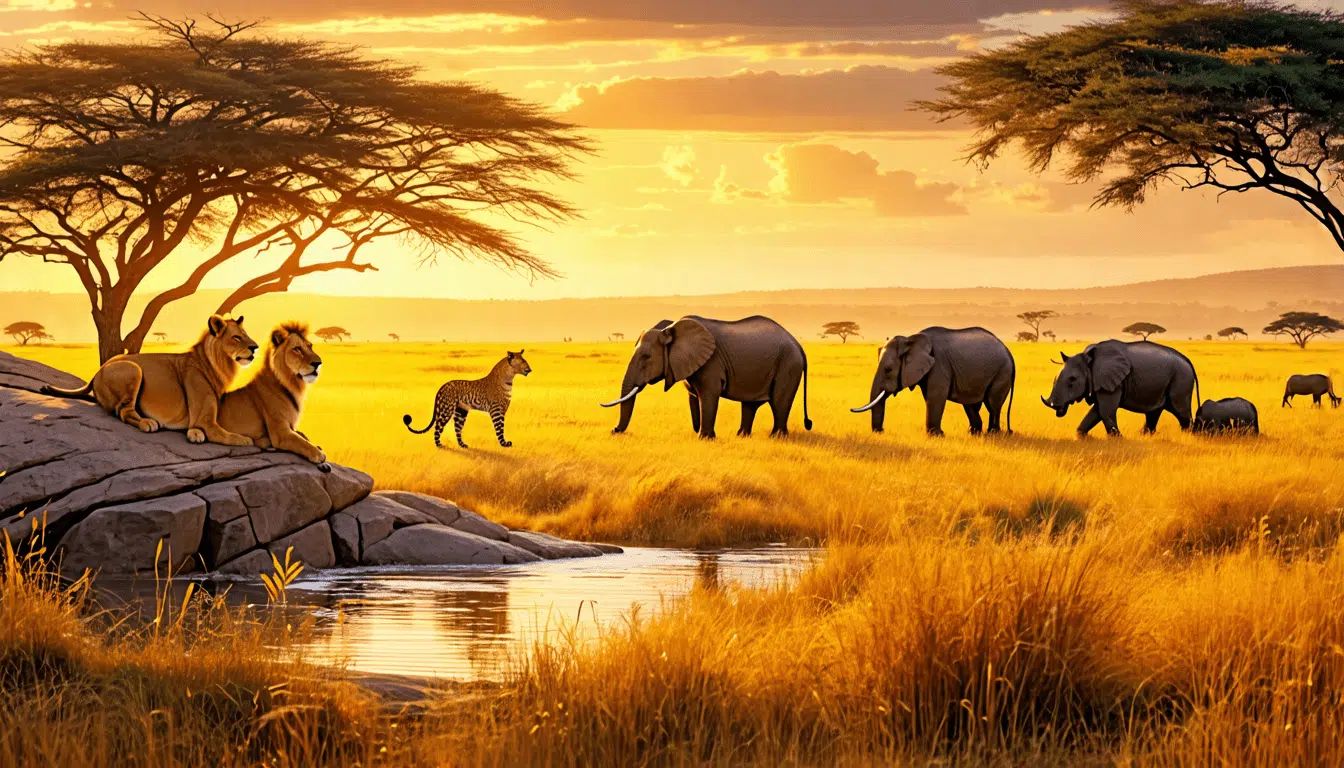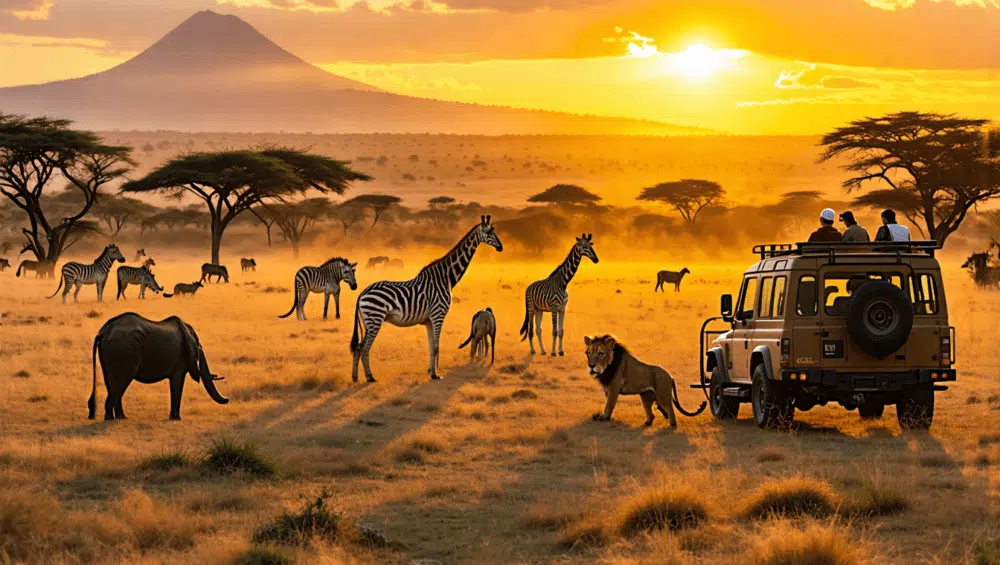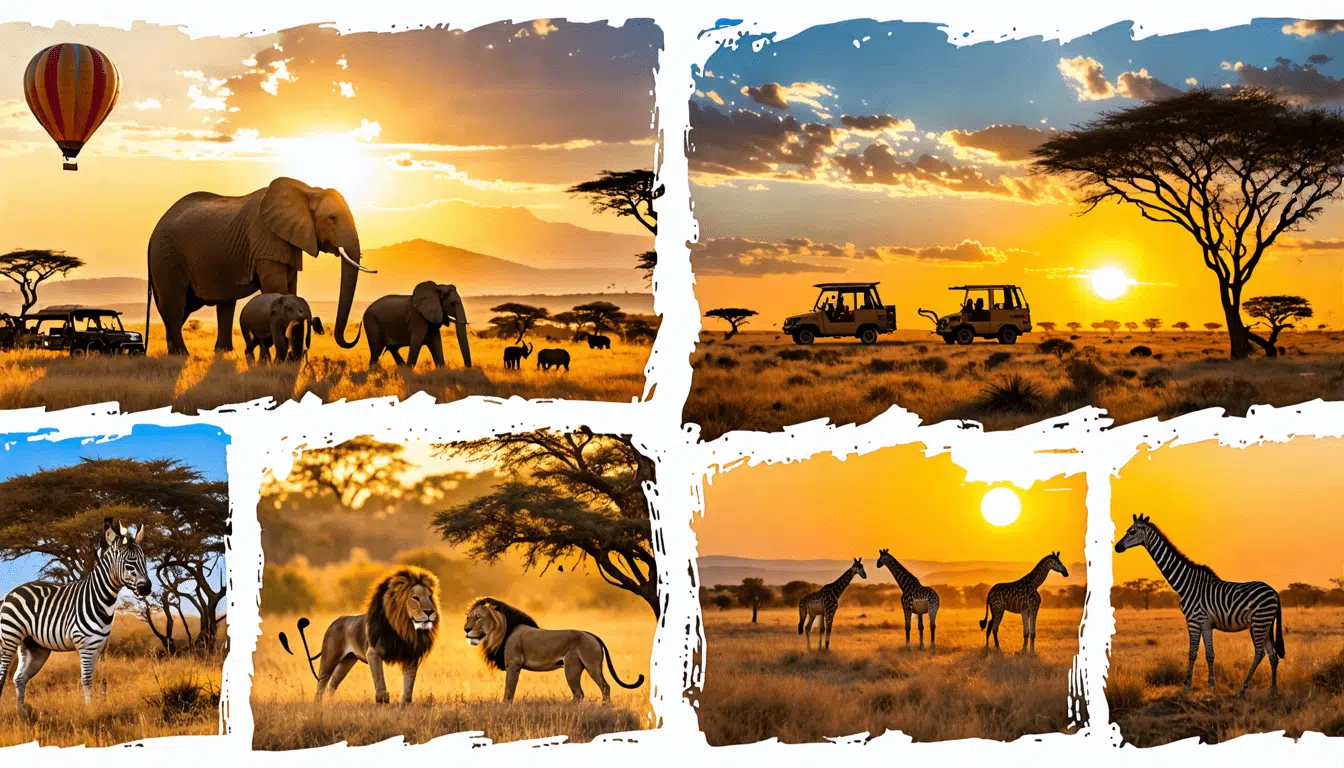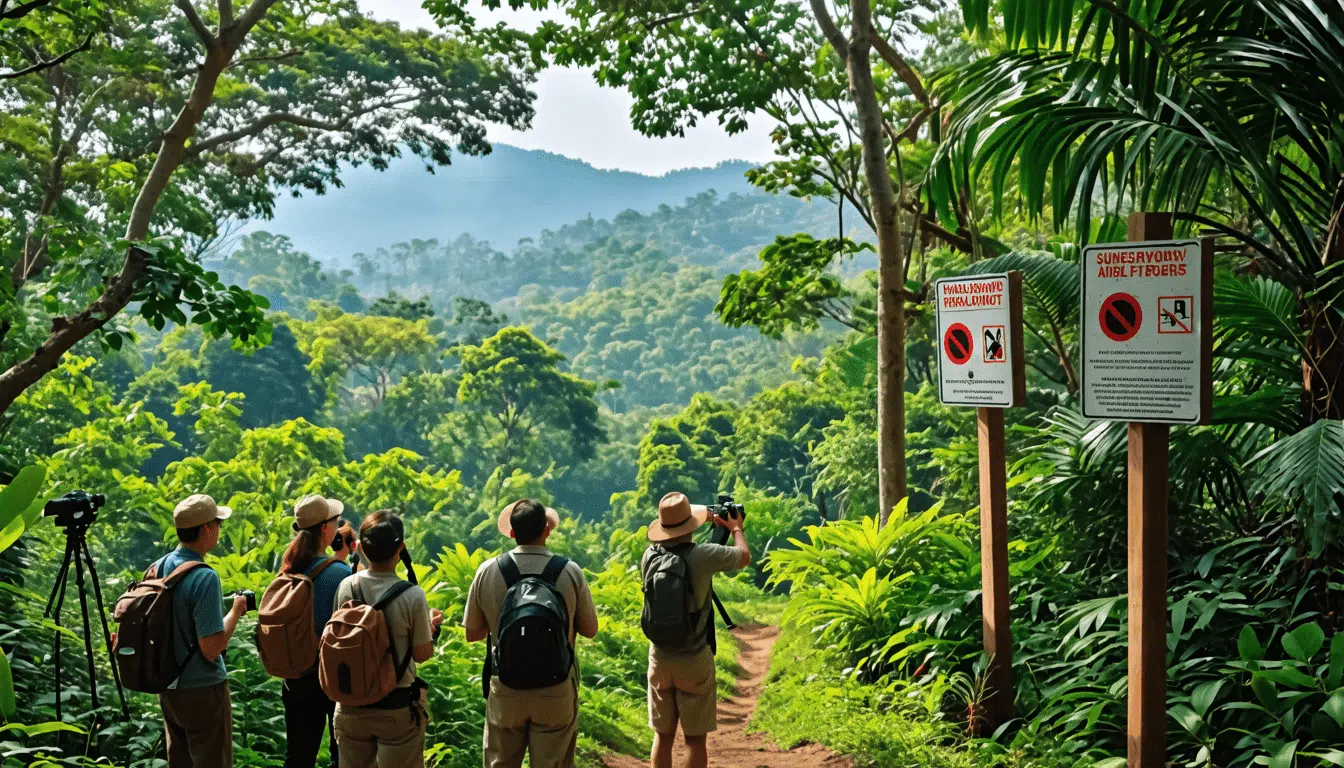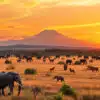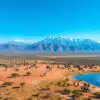Tanzania Travel Guide for Chinese Visitors
Introduction to Tanzania for Chinese Travelers
Hey there! Are you dreaming about your next travel adventure and thinking of venturing a bit off the beaten path? Have you ever considered Tanzania? This East African gem offers experience that go far beyond the usual tourist trails. From the vast plains of the Serengeti teeming with wildlife to the majestic peaks of Mount Kilimanjaro, Tanzania is a wonderland waiting to be explored, and it’s calling your name.
Now, before you pack your bags, let’s dig into why Tanzania is such a unique destination, especially for Chinese travelers. Imagine stepping back in time and walking through the pages of history. Tanzania’s culture is a rich tapestry woven with threads from ancient Bantu peoples, Arab traders, European colonists, and more. These influences have left a fascinating legacy of traditions, architecture, and flavors to discover.
But what’s really buzzing these days is the growing trend of Chinese travelers discovering Tanzania’s treasures. And why not? With direct flights making the journey easier and social media brimming with breathtaking photos of safaris, pristine beaches, and vibrant city life, it’s no wonder more and more Chinese tourists are saying, Tanzania, here we come!
Essential Travel Information
Okay, so Tanzania sounds amazing, right? But before jumping on a plane, there are some essentials you need to know. First up, visas and entry requirements are a must-check. And figuring out the best time to visit can make or break your adventure, trust me! Health and safety tips are crucial too – nobody wants their holiday memories to include an unwanted illness. Oh, and let’s not forget about currency, language, and how to communicate once you’re there. Yep, we’ve got all that covered!
Top Destinations and Attractions
Once you’re all set to go, let’s talk about where to visit. The Serengeti National Park will probably be at the top of your list for those epic guided safaris. If you’re up for a challenge, trekking Mount Kilimanjaro’s scenic routes should definitely be on your radar. Then there’s Zanzibar, with its stunning beaches and spice tours that awaken your senses. And let’s not forget Dar es Salaam, where urban exploration and dining are at their finest. Seriously, you won’t be bored!
Practical Travel Tips for Chinese Visitors
And finally, a few practical tidbits to make your trip super smooth. Whether you’re looking for luxury lodges or budget-friendly stays, we’ve got advice on the best accommodation options. Can’t wait to taste the local cuisine? We’ll point you toward must-try dishes and offer dining etiquette tips. Navigating local transport can be tricky, but we’ve got the lowdown on public and private options. And if shopping is your thing, our tips on souvenirs, handicrafts, and bargaining will come in handy.
Tanzania’s calling, and it promises an adventure like no other. Ready to explore? Let’s dive in!
Introduction to Tanzania for Chinese Travelers
Overview of Tanzania’s Unique Attractions and Experiences
Imagine stepping into a world where the African savannah stretches endlessly before you, where the air is alive with the sounds of vibrant cultures and wildlife. That’s Tanzania for you! This East African gem is a paradise of stunning landscapes and unforgettable adventures. From the vast plains of the Serengeti teeming with wildlife, to the majestic heights of Mount Kilimanjaro—the tallest mountain in Africa—there’s a little something for every kind of traveler.
Have you ever dreamt of witnessing the Great Migration, where millions of wildebeest, zebras, and gazelles traverse the Serengeti in search of greener pastures? Or perhaps you’ve envisioned yourself lounging on the pristine, white-sand beaches of Zanzibar, soaking in the rich history and aromatic spices that fill the air. Whether you’re an adventurer, a history buff, or someone looking to relax, Tanzania offers experiences that you won’t find anywhere else.
Brief Historical and Cultural Significance Catering to Chinese Tourists
Now, let’s talk about the rich tapestry of history and culture that defines Tanzania. Did you know that Tanzania was home to some of the earliest humans? The Olduvai Gorge, often referred to as the “Cradle of Mankind,” holds fossil evidence that traces human existence back millions of years. Imagine walking through a site that has been pivotal to understanding our very origins!
And what about culture? Across Tanzania, more than 120 ethnic groups coexist, each contributing its unique traditions, languages, and art forms. From the Maasai, known for their distinct red attire and jumping dances, to the Swahili culture that thrives along the coast—there’s a harmony in diversity that resonates deeply, even for visitors from far-flung places like China. It’s fascinating to see similarities between the collectivist values cherished in Chinese culture and those upheld by many Tanzanian communities.
Current Travel Trends Between China and Tanzania
So, you’re not alone in this quest to explore Tanzania. In recent years, travel between China and Tanzania has been on the rise. You might find it interesting that not only tourists but also business professionals and students form a significant portion of the travel demographic. Chinese companies have been investing heavily in Tanzanian infrastructure and mining sectors, bringing a mix of work and recreation into the fold.
Direct flights from major Chinese cities like Beijing and Guangzhou to Tanzania’s largest city, Dar es Salaam, have only made it easier. These travel trends are bolstered by Tanzania’s warm and welcoming attitude toward Chinese visitors. Trust me, when you land, you’ll find signs in Mandarin, Chinese-speaking guides, and even Chinese cuisine in local restaurants—a little slice of home in a land of adventure!
The charm of Tanzania is undeniable. It’s a place where natural beauty meets rich cultural heritage, and every moment is an opportunity to create stories that you’ll treasure for a lifetime. So, what are you waiting for? Ready to pack your bags and dive into this extraordinary journey?
Essential Travel Information
Visa and Entry Requirements for Chinese Citizens
Planning a trip to Tanzania? First things first—let’s talk paperwork. As a Chinese citizen, you’ll need a visa to enter Tanzania. Luckily, it’s pretty straightforward. You can apply for an eVisa online before your departure. How convenient is that? Just make sure your passport is valid for at least six months from the date of entry and has at least one blank page.
Once you’ve landed in Tanzania, be ready to show a return or onward ticket. You’ll also need to provide proof of sufficient funds for your stay. It might sound like a lot, but it’s all about ensuring a smooth trip. And who wouldn’t want that?
Best Times to Visit and Recommended Duration of Stay
Wondering when’s the best time to explore Tanzania? Well, it depends on what you’re after. If you’re into wildlife, the dry season from June to October is perfect. It’s when the Great Migration takes place in the Serengeti. Imagine witnessing thousands of wildebeest and zebras galloping across the plains—it’s like something out of a movie!
If beaches are more your style, then try visiting Zanzibar between December and February. The weather is warm, and the beaches are absolutely stunning. For a well-rounded trip, 10 to 14 days is ideal. You’ll have ample time to see the main attractions without rushing.
Health and Safety Tips for Traveling in Tanzania
Let’s get real—health and safety are super important when you’re traveling. Before you head to Tanzania, consult your doctor about vaccinations. Yellow fever vaccination is required if you’re arriving from a country with a risk of yellow fever. Also, malaria is prevalent in Tanzania, so don’t forget your anti-malarial tablets. Trust me, it’s better to be safe than sorry.
What about safety, you ask? Generally, Tanzania is considered safe for tourists, but it’s always wise to be cautious. Keep your belongings secure and avoid displaying valuables. If you’re exploring cities like Dar es Salaam, it’s best to stick to well-lit areas at night. Simple precautions can go a long way in ensuring a worry-free trip.
Currency, Language, and Communication Tips
When it comes to money, Tanzania uses the Tanzanian Shilling (TZS). Cash is king here, so make sure to carry enough, especially if you’re heading to remote areas. ATMs are available in major cities, but don’t rely on them entirely. Better to be prepared, right?
Now, let’s talk language. While Swahili is the official language, you’ll find that English is widely spoken in tourist areas. That said, knowing a few Swahili phrases can be incredibly rewarding. How cool would it be to greet locals with a cheerful Jambo! (Hello) or say Asante (Thank you) for their help?
And for the tech-savvy traveler, getting a local SIM card can be a game-changer. It makes staying connected a breeze, whether you’re navigating the streets of Arusha or sharing those epic safari photos on WeChat. Vodacom and Airtel are popular choices and offer great coverage.
So, are you excited about your Tanzanian adventure? With these essential tips in your back pocket, you’re all set for a memorable trip. Safe travels!
Top Destinations and Attractions
Serengeti National Park: Guided Safaris and Wildlife Viewing
Have you ever dreamt of witnessing the Great Migration, where millions of wildebeest and zebras sweep across vast plains? Serengeti National Park offers that and so much more. When I first visited, the sheer number of animals took my breath away. Guided safaris in the Serengeti are a must. Not only do expert guides bring you up close to the Big Five – lions, elephants, buffaloes, leopards, and rhinos – but they also share fascinating insights into the ecosystem. If you’re a photography buff, you’ll be in heaven. Morning and evening safaris are the best times for spectacular wildlife viewing and that stunning golden light.
Mount Kilimanjaro: Trekking and Scenic Routes
Okay, let’s be honest – climbing Mount Kilimanjaro is no walk in the park. But the sense of accomplishment you feel when you reach the summit? Unparalleled. If you’re up for the challenge, there are several routes to choose from, each offering unique landscapes and varying levels of difficulty. My friend Chen, originally hesitant about trekking, chose the Machame Route, often referred to as the Whiskey Route due to its longer and more gradual incline. She said it was tough but the camaraderie with fellow trekkers and the awe-inspiring views made every step worth it. If mountaineering isn’t your thing, even a day hike can give you a taste of Kili’s majesty without the grueling effort.
Zanzibar: Beaches, Spice Tours, and Cultural Heritage
A trip to Tanzania wouldn’t be complete without a stop in Zanzibar. Picture this: pristine white-sand beaches, crystal-clear turquoise waters, and a rich cultural tapestry. When I visited Zanzibar, I indulged in a spice tour. The island’s nickname, Spice Island, is well deserved, and it was fascinating to see how cloves, nutmeg, and cinnamon are grown. The island’s history is equally compelling. Stone Town, a UNESCO World Heritage site, boasts winding alleyways and grand old buildings that tell tales of trade routes and colonial times. For the beach lovers, Nungwi and Kendwa are the go-tos for sunbathing, snorkeling, and vibrant nightlife. Trust me, you’ll never run out of things to do here.
Dar es Salaam: Urban Exploration and Dining Hotspots
Dar es Salaam often gets overlooked, but this bustling city has its own charm. If you love the urban vibe, exploring Dar will be a treat. Start your journey at the National Museum for a dose of Tanzanian history and culture. From there, head to the Mwenge Woodcarvers Market – a fantastic spot to pick up souvenirs and witness local artisans at work. Now, let’s talk food. Oh, the food! From street vendors selling mishkaki (Tanzanian skewers) to upscale restaurants offering flavors from around the globe, the culinary scene is diverse and mouth-watering. One of my fondest memories is dining at a seaside restaurant, enjoying fresh seafood with the city lights twinkling in the background.
Practical Travel Tips for Chinese Visitors
Accommodation Options: From Luxury Lodges to Budget-Friendly Stays
When traveling to Tanzania, finding the perfect place to stay can greatly enhance your experience. Whether you’re seeking luxury or traveling on a budget, Tanzania has something for everyone. Have you ever experienced the thrill of waking up to the sounds of wildlife? Imagine staying in a luxury lodge right in the heart of the Serengeti. Many lodges offer all-inclusive packages, ensuring a comfortable and unforgettable safari adventure. For those of us who prefer to save a bit on accommodations to splurge more on experiences, there are plenty of budget-friendly guesthouses and hostels available across major tourist areas. Hostels in cities like Dar es Salaam and Arusha offer not just a place to rest but also a great environment to meet fellow travelers from around the world.
Local Cuisine: Must-Try Tanzanian Dishes and Dining Etiquette
Let’s be honest – one of the best parts of traveling is trying out new food. Tanzanian cuisine is a delightful blend of African, Arab, and Indian influences. You can’t leave without trying ugali, a cornmeal staple that’s often served with vegetables, meat, or fish. Another must-try is nyama choma (grilled meat), which is a favorite among the locals. Tanzanian coastal areas, especially Zanzibar, are famous for their seafood dishes and spice-infused meals. Speaking of Zanzibar, have you ever tried pilau? It’s a fragrant, spiced rice dish that’s absolutely mouthwatering.
As for dining etiquette, it’s quite common to eat with your hands in Tanzania, but using a knife and fork is perfectly acceptable. Just remember to wash your hands before and after meals. In many places, particularly those that cater to tourists, tipping around 10% of the bill is standard practice.
Transportation: Navigating Public and Private Transport
Getting around in Tanzania can be an adventure in itself. If you’re exploring cities like Dar es Salaam or Arusha, dala-dalas (minibusses) are a common and inexpensive mode of transportation. They can get crowded, but they offer a great way to experience local life. Taxis are widely available, but make sure to agree on the fare before starting your journey – bargaining is part of the game! For longer distances, such as traveling from Dar es Salaam to Arusha, long-distance buses are a viable option. They’re affordable and let you see the scenic countryside along the way.
For those looking to maximize their time and comfort, private cars or hiring a driver are excellent choices. These can often be arranged through your hotel or a car rental agency. And hey, don’t forget to experience a traditional boda-boda (motorcycle taxi) ride at least once – it’s both thrilling and practical for short distances.
Shopping: Souvenirs, Handicrafts, and Bargaining Tips
No trip is complete without bringing back a few keepsakes. In Tanzania, you’ll find a wide array of beautiful handicrafts and souvenirs, including intricate beadwork, colorful fabrics like kanga and kitenge, and Tanzanite jewelry. Many markets, such as the Mwenge Carvers’ Market in Dar es Salaam, offer a vibrant shopping experience.
One thing to remember is that bargaining is expected. It’s all part of the fun! Start by offering about half of the initial price and work your way up from there. Be polite but firm, and you’ll often end up with a great deal. Have you ever felt the thrill of closing a bargain you’re happy with? It’s quite satisfying! And don’t worry, vendors are generally friendly and used to negotiating – it’s all in good spirit.
So, whether it’s finding the perfect lodge, savoring a plate of nyama choma, hopping on a dala-dala, or snagging a beautiful piece of Tanzanite, these practical tips should set you up for a memorable and enriching visit to Tanzania.
“`html
Conclusion
As we wrap up this Tanzania travel guide for our Chinese visitors, I hope you’re feeling as excited as I am about the adventures awaiting you. We’ve covered everything from the practicalities of getting your visa sorted to the thrill of a safari in Serengeti and the serene beauty of Zanzibar’s beaches.
Imagine standing at the foot of Mount Kilimanjaro, the highest free-standing mountain in the world, ready to conquer its majestic heights. Or picture yourself meandering through a bustling spice market in Zanzibar, soaking up the rich scents, vibrant colors, and the friendly banter of local vendors.
But beyond the stunning landscapes and wildlife, Tanzania offers a cultural tapestry waiting to be explored. Whether it’s sampling mouth-watering Tanzanian dishes like ugali or haggling for a beautifully crafted kitenge fabric, don’t miss out on these enriching experiences that add soul to your journey.
We’ve made sure you’re equipped with essential travel tips—from understanding the local currency to navigating transport options—to make your trip smooth and enjoyable. So, pack your bags with all the essentials, bring your sense of adventure, and get ready to create memories you’ll cherish forever.
Isn’t it amazing how just a bit of preparation can turn a trip from daunting to delightful? So go ahead, take the plunge, and discover the treasures of Tanzania. Happy travels!
“`


